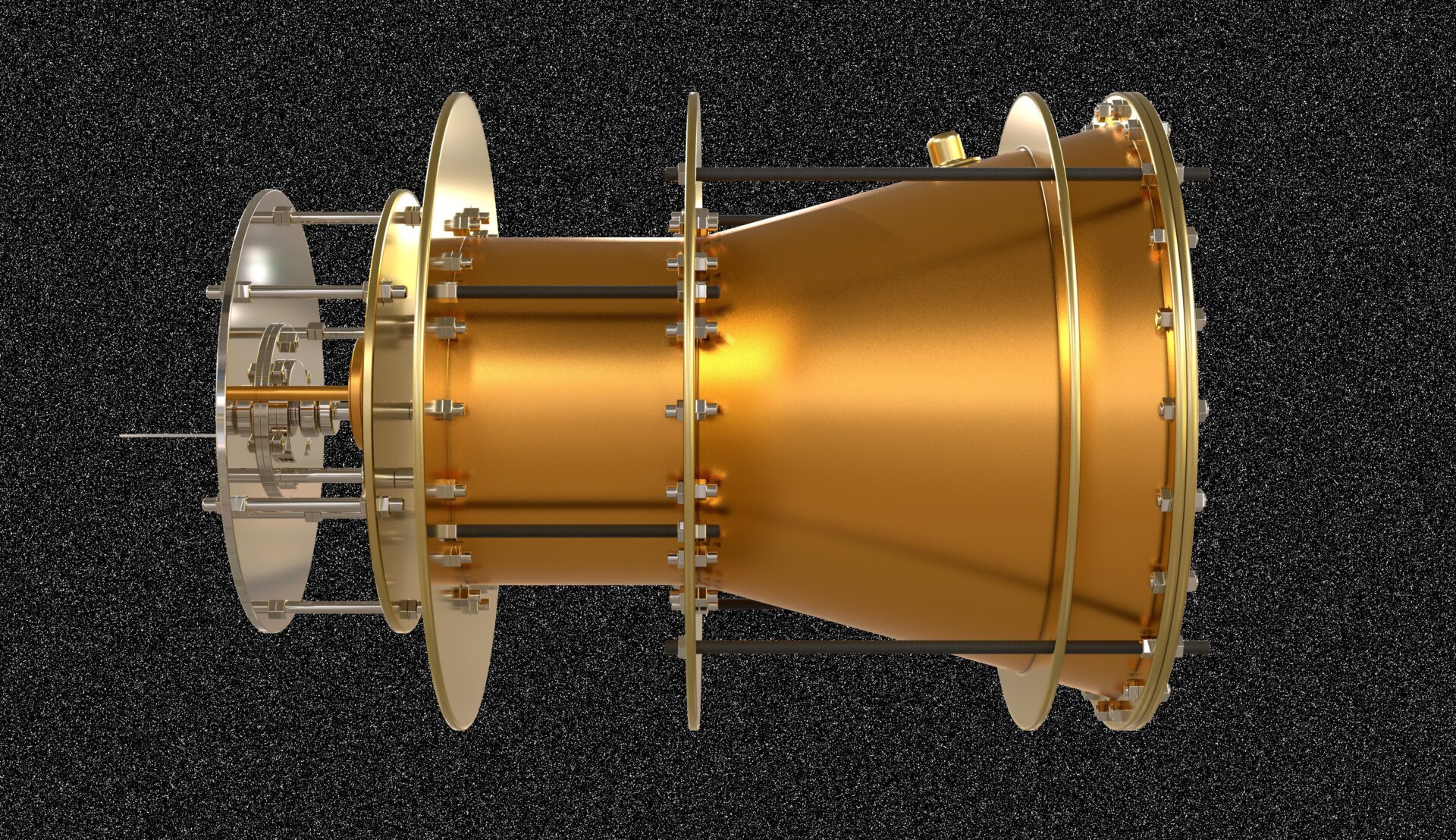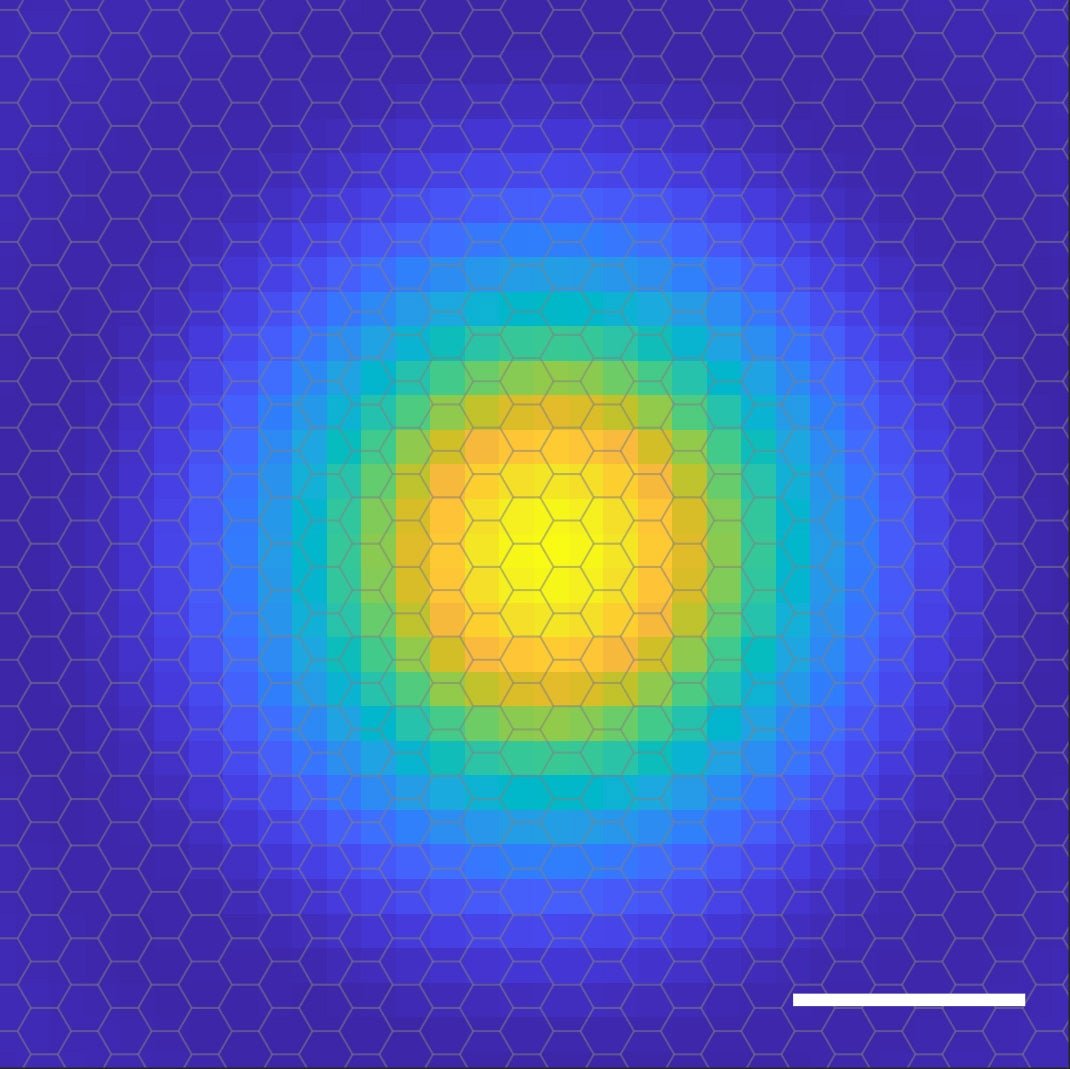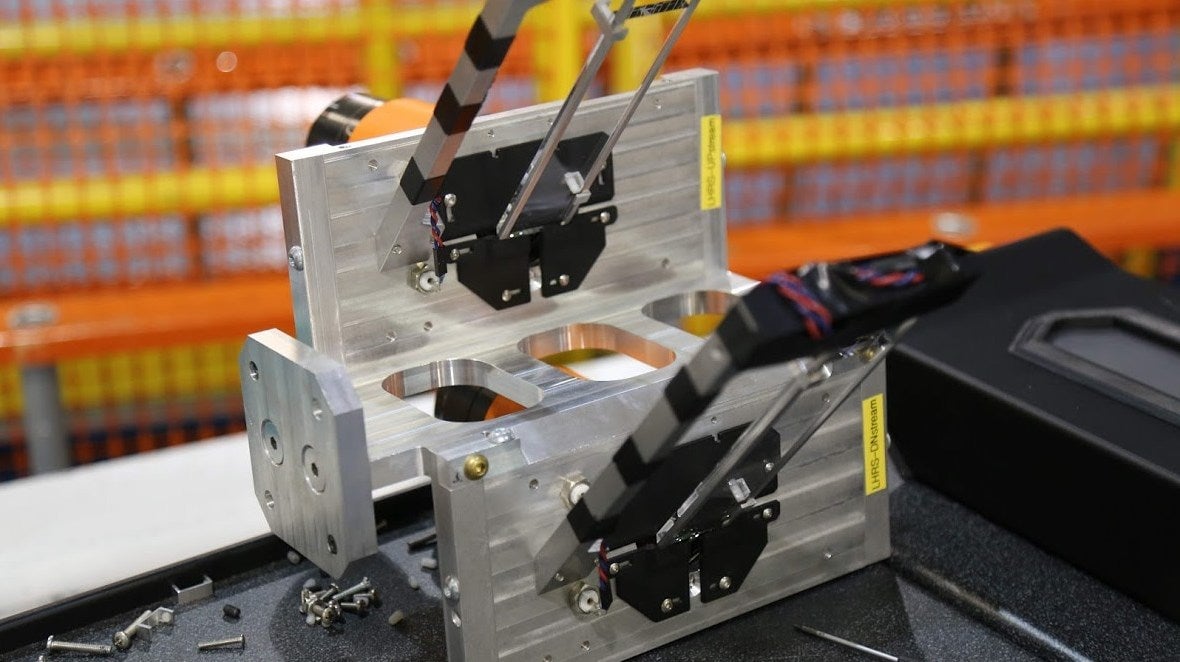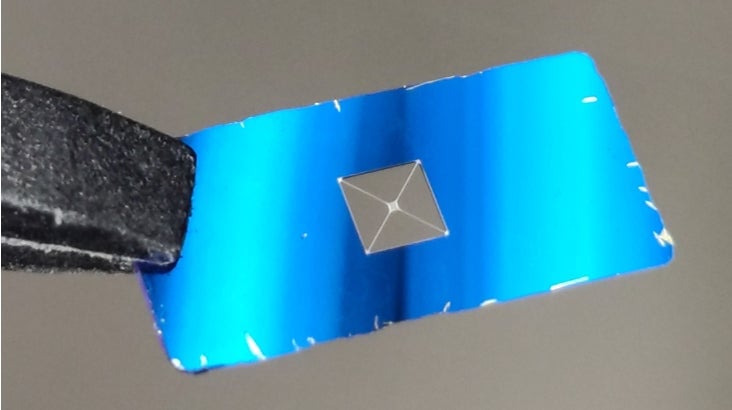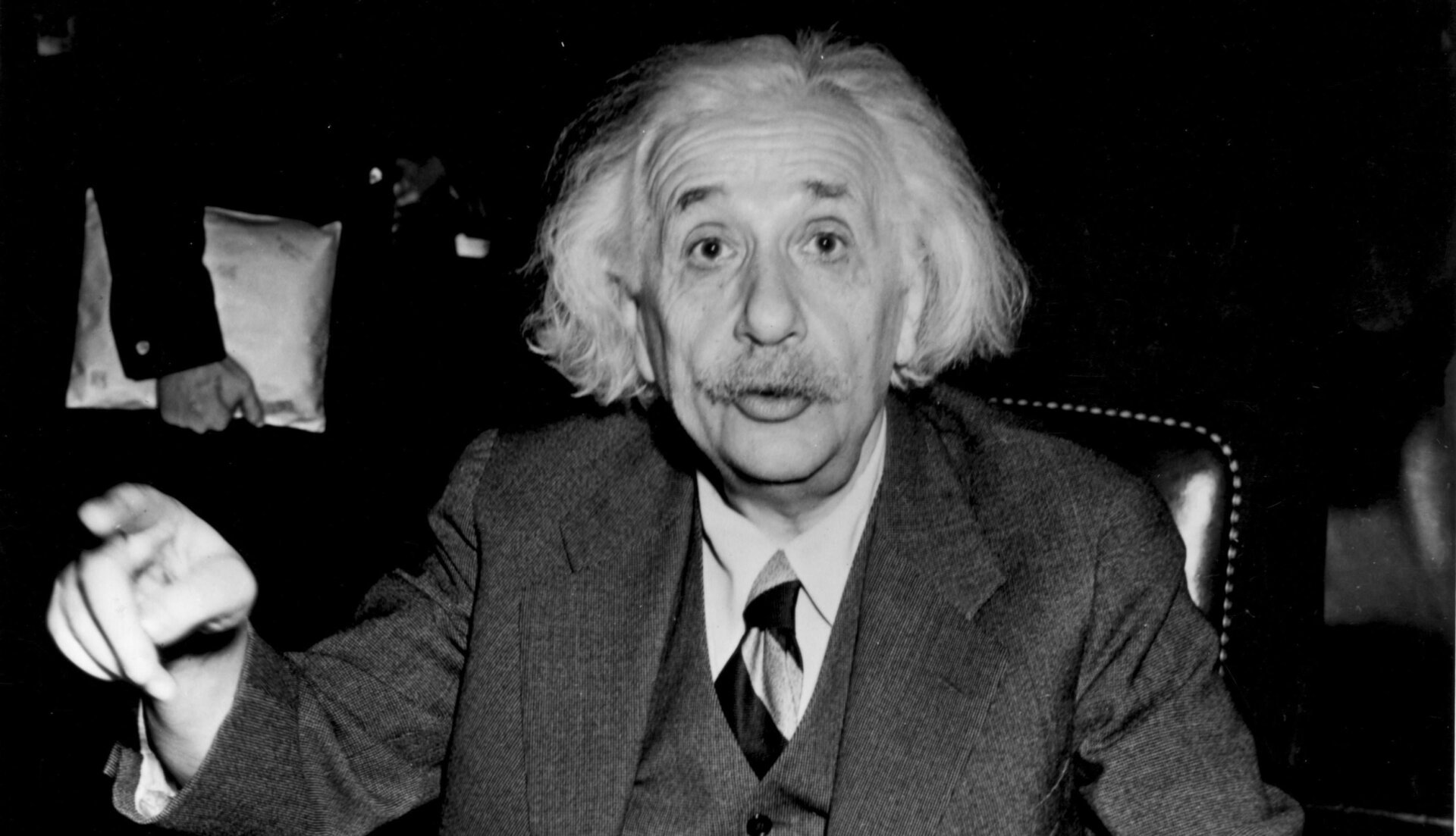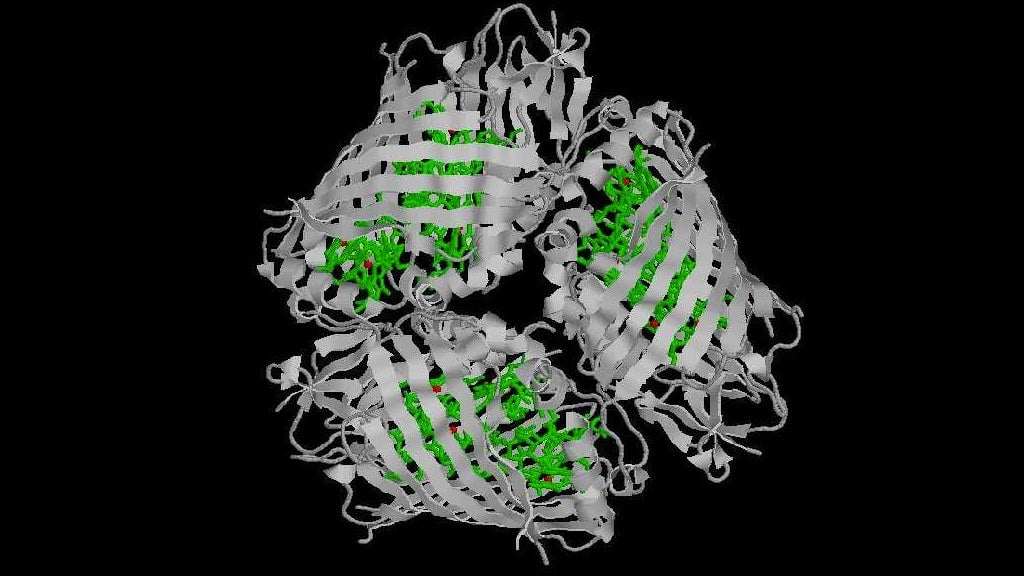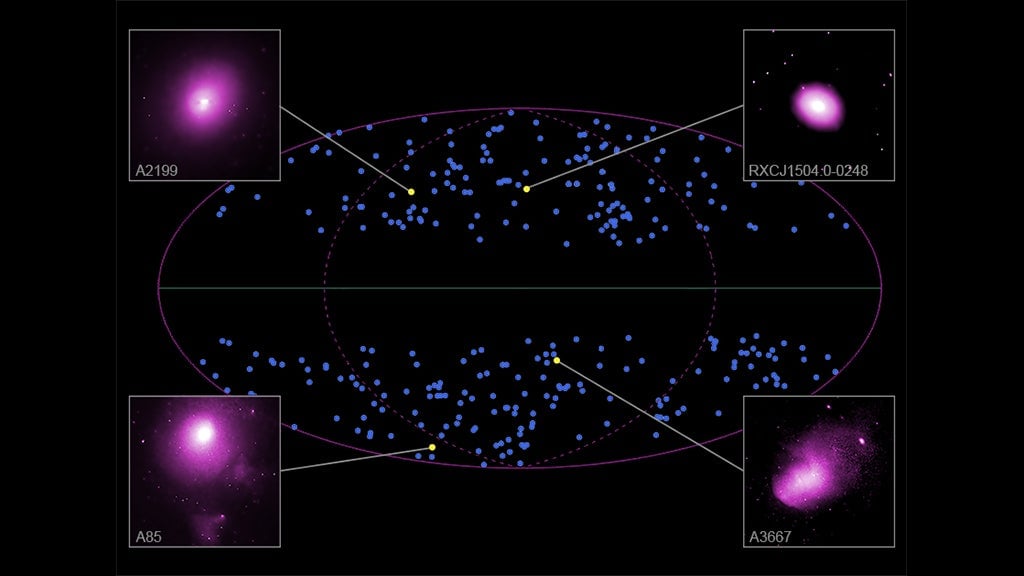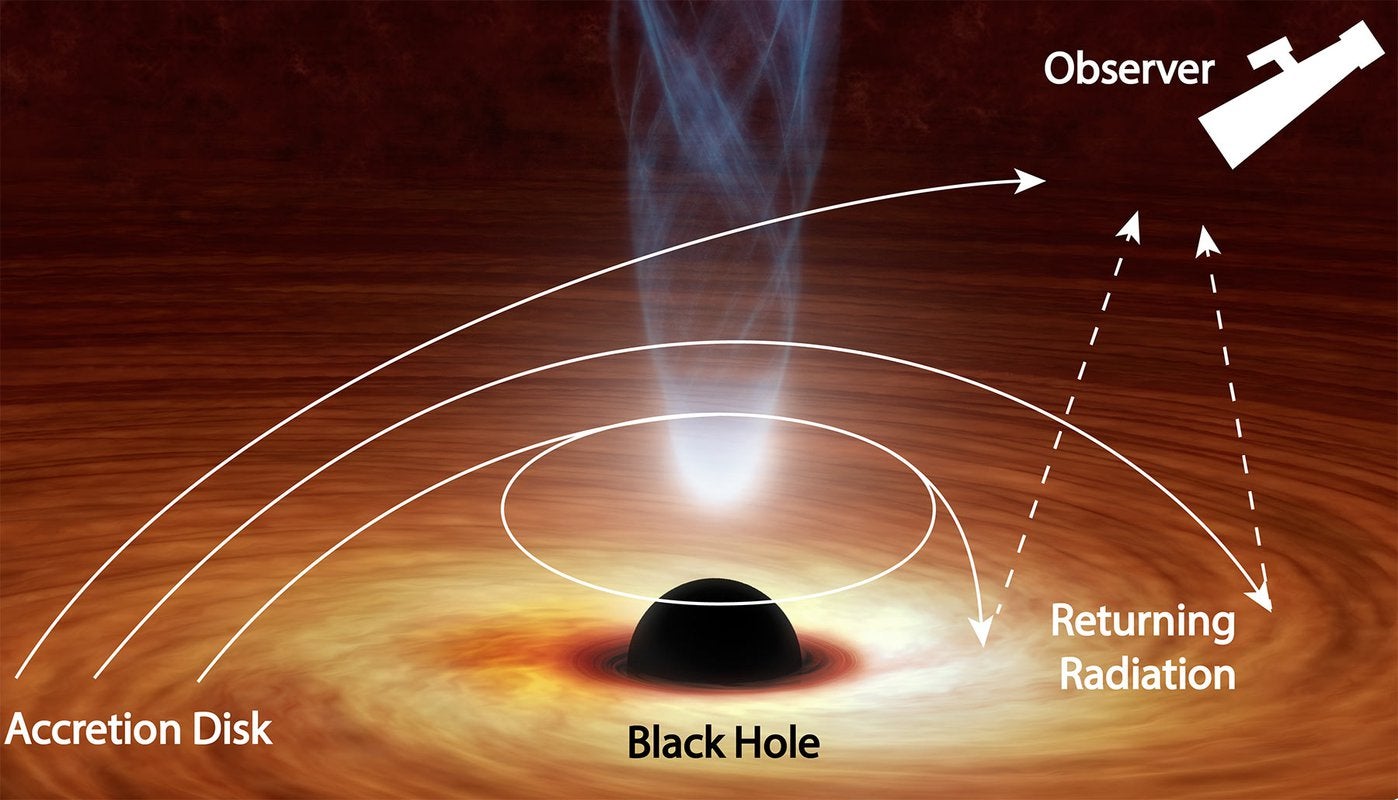The EmDrive, a hypothetical propulsion system promising fuel-less space travel, has captured the imagination of scientists and space enthusiasts alike. Five years ago, NASA researchers experimented with this Y-shaped metal chamber, reporting the generation of thrust without propellant. Such a device, if viable, would revolutionize space exploration by eliminating the need for heavy fuel loads, potentially enabling missions to distant stars like Alpha Centauri within human lifetimes. However, the EmDrive’s claims seemingly defied fundamental laws of physics, prompting skepticism within the scientific community.
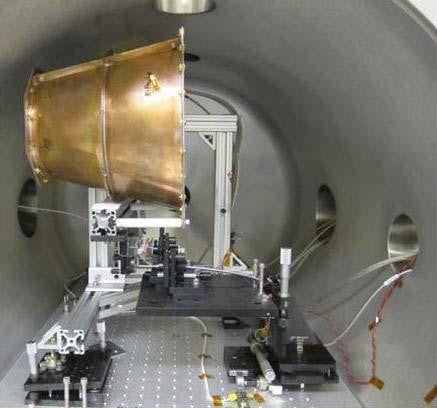 A 2013-14 prototype of the NASA EmDrive.A prototype of the NASA EmDrive from 2013-14. Image: Wikimedia Commons (Fair Use)
A 2013-14 prototype of the NASA EmDrive.A prototype of the NASA EmDrive from 2013-14. Image: Wikimedia Commons (Fair Use)
Since the initial NASA experiments, numerous studies have attempted to replicate and explain the EmDrive’s purported thrust. These studies, however, have consistently pointed towards experimental errors and alternative explanations for the observed effects. Recently, researchers at the Dresden University of Technology in Germany presented three papers at the Space Propulsion 2020+1 conference, effectively debunking the EmDrive claims.
Debunking the EmDrive
The German team, led by physicist Martin Tajmar, meticulously examined the EmDrive using a model based on the 2016 NASA design. Their research, conducted over several years, failed to find credible evidence supporting the original claims of propellant-less thrust.
Tajmar explained to GleWi, a German media outlet, that the apparent thrust observed in previous experiments was likely due to thermal effects. “When power flows into the EmDrive, the engine warms up,” he stated. “This causes the fastening elements on the scale to warp, shifting the zero point and creating a false positive thrust reading.” The team’s improved experimental setup effectively eliminated these thermal artifacts, revealing that the EmDrive’s thrust was at least three orders of magnitude smaller than initially claimed.
The EmDrive’s proposed mechanism involved microwaves bouncing within the chamber, creating an asymmetrical force resulting in thrust. Critics argue that this violates the law of conservation of momentum, as thrust seemingly appears without a corresponding propellant.
The End of the Road for EmDrive?
“I believe that the EMDrive story is now closed,” Tajmar stated in an email to maagx.com. “I have seen no credible evidence (published measurements that pass high experimental standards) that warrants further investigation.” The German team’s earlier experiments, which initially indicated a slight thrust effect, were later attributed to vibrations within the device, an artifact of its operation.
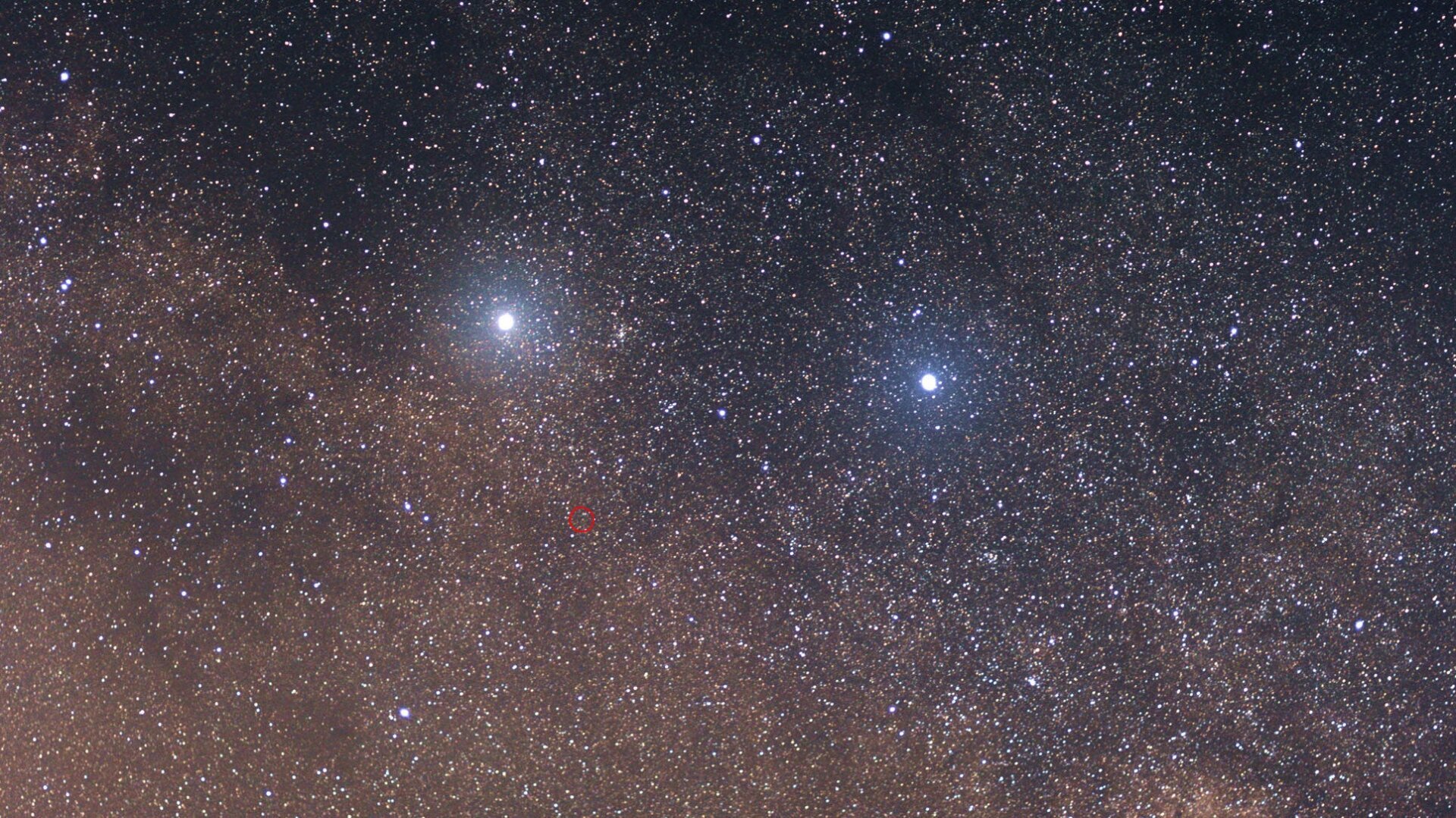 Alpha and Beta Centauri, with Proxima Centauri circled in red.Alpha and Beta Centauri, with Proxima Centauri circled. Image: Wikimedia Commons (Fair Use)
Alpha and Beta Centauri, with Proxima Centauri circled in red.Alpha and Beta Centauri, with Proxima Centauri circled. Image: Wikimedia Commons (Fair Use)
DARPA, the research and development arm of the U.S. Department of Defense, had been funding EmDrive research. However, with their funding scheduled to end in May 2021, the future of this once-promising technology appears bleak.
The Future of Space Propulsion
While the EmDrive may be relegated to the realm of science fiction, the quest for efficient space propulsion continues. The challenges of propellant-based systems remain a significant obstacle for deep space exploration. Scientists are actively exploring alternative propulsion methods, striving to overcome these limitations and unlock the potential for humanity to venture beyond our cosmic neighborhood. While the “Impossible Drive” may have lived up to its name, the dream of interstellar travel remains a powerful motivator for scientific innovation.



